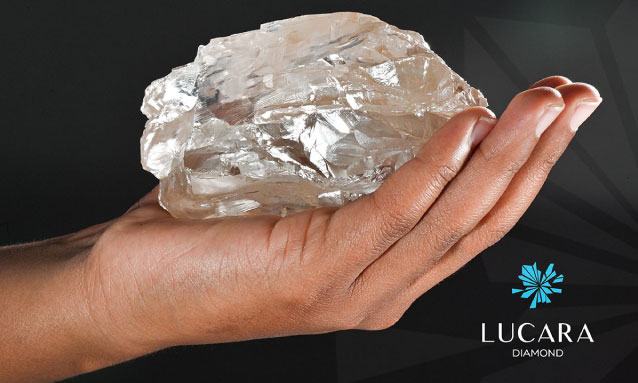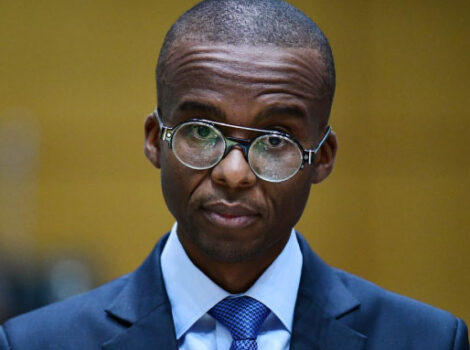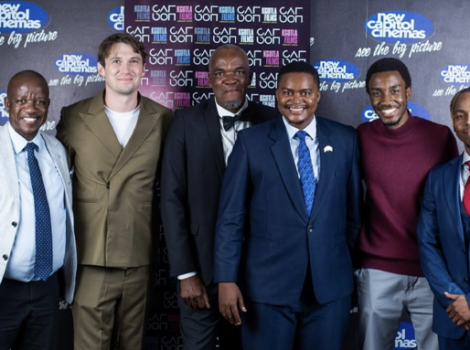
15 September 2024
If your suit is made in Saville Row, everyone knows it will be of the very best quality, but in the diamond world, origin isn’t a brand, because most diamond mines also produce huge volumes of low-quality diamonds.
Origin can tell you where a diamond didn’t come from, but in an increasingly discounting business, provenance may simply reduce the discount.
Nevertheless, origin is still key to the story of a diamond. Millennials, Generation Y and Z value honesty and integrity and social impact. They trust in brands that they associate themselves with, but they want to know that their luxury purchase didn’t only not do harm, but that it did good. They need to feel comfortable that in today’s sustainable conscious environment, their friends think that it is a good thing that they are wearing diamonds. They will form an emotional attachment with a brand that has an obvious social purpose and of course, vice versa.
A classic example is US outdoor clothing company Patagonia. Its brand mission is to create the best product, do no unnecessary harm, and to use its business to create solutions to the environmental crisis. Their ‘Footprint Chronicles’ shows how the product was made right through to where it is sold in the shops. It creates value for Patagonia’s people because the company has made a public commitment to focus on their supply chain, customers can see if it is living up to its mission; and it delivers value for shareholders, because optimising their supply chain lowers costs. It creates value for society, because it reduces the company’s impact on the environment – for those interested in De Beers, the nickname given by some ion the media to Sandrine Conseiller (CEO of the De Beers brands) in her last job was the ‘French Patagonia’, quite a compliment.
So when Lucara Diamonds announced the recovery of a 2,492-carat diamond, what a fantastic opportunity for Botswana to go to the major diamond consuming markets and showcase exactly what Botswana and diamonds are really about, following a blueprint laid out by the famous Jonker Diamond.
In 1934, two stunning diamonds were discovered on the farm Elandsfontein, 20 miles (32 km) north of Pretoria. The larger of the two, at 726 carats (the third-largest diamond in the world at that time) was named the Jonker Diamond after Jacobus Jonker on whose land it was discovered. A decidedly happy Mr Jonker announced:
“I am going to buy a farm, also a top hat and a frock coat to wear when I go to Church”. He also announced that Johannes, the African who found the diamond was going to “be installed in the family farm as a retainer, with liberty to do as he pleases”.
Ernest Oppenheimer purchased the Jonker for GBP75,000, and the smaller 287-carat diamond for GBP18,000. He cabled the Diamond Corporation in London that they were two of the most magnificent diamonds he had ever seen.
A year later, the Jonker was bought by legendary jeweller Harry Winston for GBP150,000; he initially didn’t intend to have it cut and polished because “I am reserving any final decision until we see whether anyone will come forward to buy it for the nation”.
America was suffering the aftereffects of the Great Depression, so Winston, who was a master at generating positive press coverage, decided to use the Jonker to help regenerate people’s interest in diamonds. In June 1935, the Jonker was first revealed to 50 reporters, newsreel men and photographers at the American Museum of Natural History in New York who watched as the president of the Museum opened the box and placed the diamond on a black velvet cushion – every museum employee wore a sidearm.
Winston then sent the Jonker on a tour of the continental United States, and the resultant publicity included photographs of the Jonker being held by celebrities such as Shirley Temple and Claudette Colbert. The tour generated a huge amount of positive publicity, the Jonker even achieved star billing in its own movie, directed by Jacques Tourneur, ”A Miniature: The Story of the Jonker Diamond”.
In 1940, in an effort to boost the attendance during the second year of the World Trade Fair in New York, the organisers launched a series of themed days, including using the 123.55-carat polished Jonker I as the main exhibit on “Minerals Day” in the Hall of Metals. What an opportunity for Botswana to do what Winston did with the Jonker, to showcase itself to the world.
And it’s worth remembering how the diamond industry also showcased itself in the first year of that World Fair. The most popular exhibition was the House of Jewels, visited by 15,000 people on the very first day. De Beers sponsored a fifteen-foot-high ‘spiral diamond display’ including $4mn of rough diamonds, on top of which rested a diamond studded globe marking the diamond mining centres of the world, while in the background, an unseen narrator related the Story of Diamonds. Jewellers Tiffany & Co., Cartier, Black Star & Frost-Gorham, Marcus & Co. and Udall & Ballou sponsored a diamond jewellery display of diamond tiaras, bracelets, necklaces, broaches and clips valued at around $9mn. In case anyone was looking for trouble, on the main floor were forty-armed men on patrol, but hidden in the roof above them was a single guard who stood behind a set of twin machine guns, just in case.
The Belgian Pavilion included a huge display of diamonds and diamond jewellery exhibit supplied by 29 Antwerp diamond traders – the diamonds ranged in size from a 200-carat rough diamond and an 85-carat polished stone to a tiny diamond placed in a microscope so visitors could see the eighteen facets polished onto the surface. In May, Miss Manhattan posed in front of the Tiffany window draped in a pearl necklace, a pearl and diamond tiara and other jewellery valued at $100,000; in June, fourteen models wearing evening dresses from the New York luxury store Bonwit Teller were draped in diamond jewellery and, imitating the “Royal Train” (first used by King George and Queen Elizabeth), went from the United States Building to the Belgian Colonial exhibit… accompanied by 24 Belgian Gendarmes, 10 World Fair guards and two armoured cars. Also on display was the original wheel used in 1560 by Lodwyck van Bergen which had been brought over from the Vleeschuis Museum in Antwerp.
In the French Pavilion, Boucheron (one of the first jewellers to place diamonds into Hollywood movies) hosted a stunning jewellery display, with the piece de resistance, an enormous necklace of calibré, baguette-cut diamonds, hung with a 20-carat pink diamond pendant. French writer and director Yves Mirande, who at the time was shooting “Paris-New York” both on board the SS Normandie and inside the French Pavilion at the World Fair, was so impressed by the Boucheron display that he wrote a new character into the film of a policemen named Inspector Boucheron… who was of course on the trail of a famous stolen diamond.
Tiffany put on an astonishing display of jewellery, including the magnificent Tiffany Diamond surrounded by 635 diamonds weighing 362.64 carats. In the first six months which ran until the end of October 1939, 25mn visitors attended.
Come on Botswana, this is your time.
About the author: Richard Chetwode holds a number of non-executive roles in the diamond and property industry. He is a part-time journalist and is currently writing a book on the diamond industry in World War II. All the opinions in this article are his own but while efforts have been made to ensure the accuracy and reliability of the information provided in this article, neither can be guaranteed. and information in this article is strictly for informational purposes and should not be considered investment or financial advice. Consult your investment professional before making any investment decisions. He is non-Executive Chairman of Namibian based Trustco Resources and has previously worked for De Beers, Harry Winston, Dominion Diamonds and Gem Diamonds.



